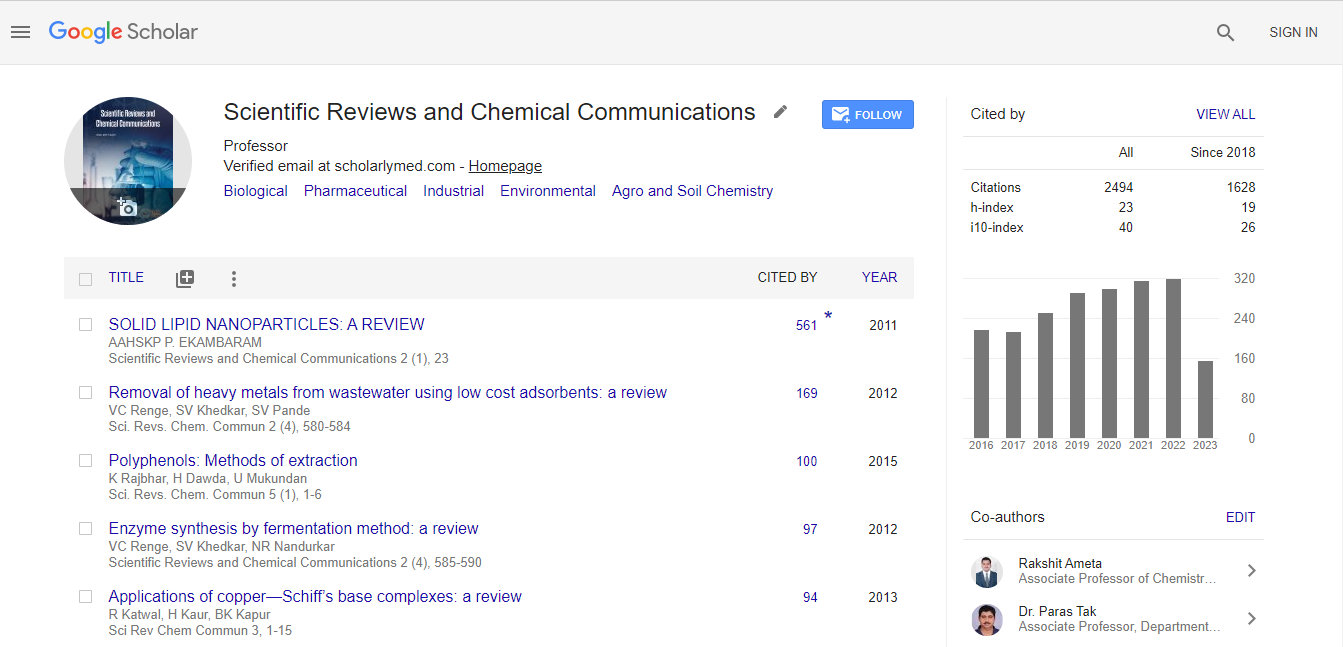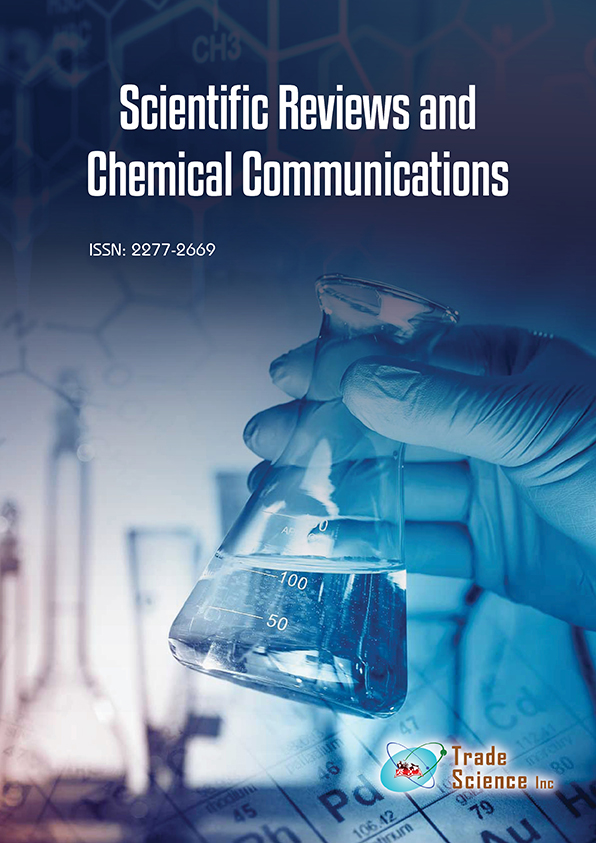Abstract
Nucleo-Liposomes as neurotracer for spect and anti-cancer drug delivery agent
Author(s): SwastikaObjective: The blood–brain barrier (BBB) is a major obstacle for drug delivery to the brain. Nucleolipid based liposomes are promising drug delivery systems allowing in vivo tracking using molecular imaging techniques and have proved promising theranostics agents especially for tumors. However, efficient liposomal preparations for theranostic of neuro-onco, neuro-infection and neurodegenerative diseases needs further research. Nucleolipidic liposomes (NL-Nps) are of great interest because of the site-recognition (nucleoside), lipophilicity (long alkyl chain) and better membrane translocation by interaction of fatty acid with the lipid bilayer. Thus, we have evaluated uridine derived nucleolipidic liposomes for encapsulation efficiencies of MTX (methotrexate) anti-cancer and sulfanilamide anti–infection drug and in vivo tracking by radiolabeling with 99mTc. Materials and Method: (NL-Nps) were prepared using NL-DTPA (synthesized), heated to 50° C when mixed with organic solvent and added to aqueous phase containing the surfactant Tween-80 and the co-surfactant soya lecithin. NL-Nps were encapsulated with MTX and sulfanilamide were similarly prepared by adding drugs (0.1 to 1.5%) to the formulation. NL-Nps were evaluated for release kinetics and brain targeting in BMG-1 (brain glioma) and neuronal cell line in murine model. Results: Multi-step synthesis leads to the final compound (NL-DTPA) and its liposomal preparation (size 113 to 130 nm, zeta potential -14 to -28 mV) with EEs of 64% was achieved. Liposomes showed sustained drug release for 2-5 days negligible hemolytic activity, no cytotoxicity in HEK cells. Radiolabeling efficiency of 98% was achieved using 99mTc conferring prolonged systemic circulation and renal route excretion. The biodistribution showed 1.8% ID/gm to 2.3% ID/gm for intact versus disrupted BBB in mice models. (NL-Nps) also in BMG tumor mice depicted higher tumor uptake (2.3T/M). Conclusion: Nucleolipid functionalized liposomes as candidates to be used as biocompatible nanocarrier systems with high systemic retention and anti-tumour effects. Future work will concentrate on targeting of liposomes in brain tumor model using stereotaxis

